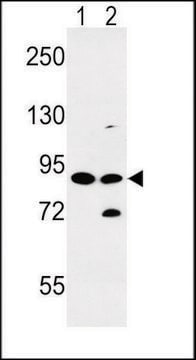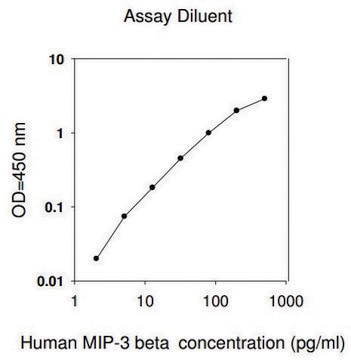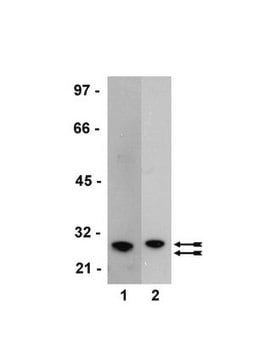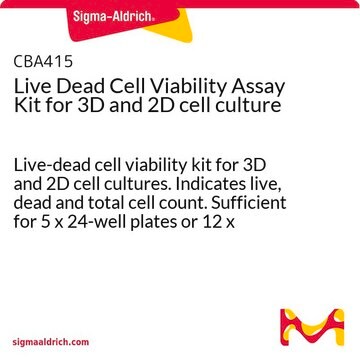N216
Monoclonal Anti-Na+/Ca2+ Exchanger antibody produced in mouse
clone C2C12
About This Item
Recommended Products
biological source
mouse
Quality Level
conjugate
unconjugated
antibody product type
primary antibodies
clone
C2C12, monoclonal
form
liquid
mol wt
antigen 120 kDa (mature exchanger)
antigen 160 kDa (non-reduced)
antigen 70 kDa (proteolytic fragment)
species reactivity
human, rat, canine, rabbit, guinea pig
technique(s)
immunohistochemistry (frozen sections): 1:200
immunoprecipitation (IP): suitable
western blot: 1:1,000
isotype
IgM
UniProt accession no.
shipped in
dry ice
storage temp.
−20°C
Gene Information
human ... SLC8A1(6546)
General description
Specificity
Immunogen
Biochem/physiol Actions
Physical form
Disclaimer
Not finding the right product?
Try our Product Selector Tool.
Storage Class Code
10 - Combustible liquids
WGK
nwg
Flash Point(F)
Not applicable
Flash Point(C)
Not applicable
Personal Protective Equipment
Certificates of Analysis (COA)
Search for Certificates of Analysis (COA) by entering the products Lot/Batch Number. Lot and Batch Numbers can be found on a product’s label following the words ‘Lot’ or ‘Batch’.
Already Own This Product?
Find documentation for the products that you have recently purchased in the Document Library.
Our team of scientists has experience in all areas of research including Life Science, Material Science, Chemical Synthesis, Chromatography, Analytical and many others.
Contact Technical Service








